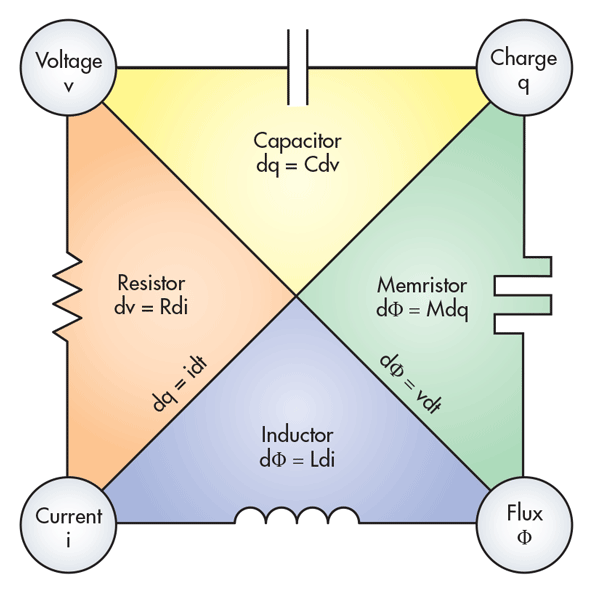
With various methods being applied, tested and researched at the moment, the world of computing and memory is set to see a significant change in the coming years.
Since HP attempted to build a memristor based computer, known as The Machine, completely replacing the need for SRAM and/or DRAM, which failed to materialize, a flurry of new approaches to unified in-memory computing has spawned.
It is important to note however that the difference between SRAM and DRAM varies greatly and when speaking of unified memory, it usually applies to DRAM, since this is the biggest bottleneck in computing at the moment.
New RAM contenders are many and in-memory computing is once again taking a front seat to solve the starving computing market for data processing. With Re-RAM, MRAM and 3D XPoint slowly finding its way into the market, we are seeing different solutions appear that might take the load of DRAM.
While not all RAM types are a direct contender to DRAM, they complement DRAM greatly. For example Re-RAM is supposed to take off some of the computational load from DRAM by effectively processing data within RAM, the so-called in-memory computing. ReRAM is based on the electronic switching of a resistor element.
New elements to build the new devices is also being touted, such as carbon nanotubes and other 2D materials that greatly increases the processing when compared to silicon.
A more comprehensive overview of RAM types and their use can be found here

Leave a Reply
You must be logged in to post a comment.